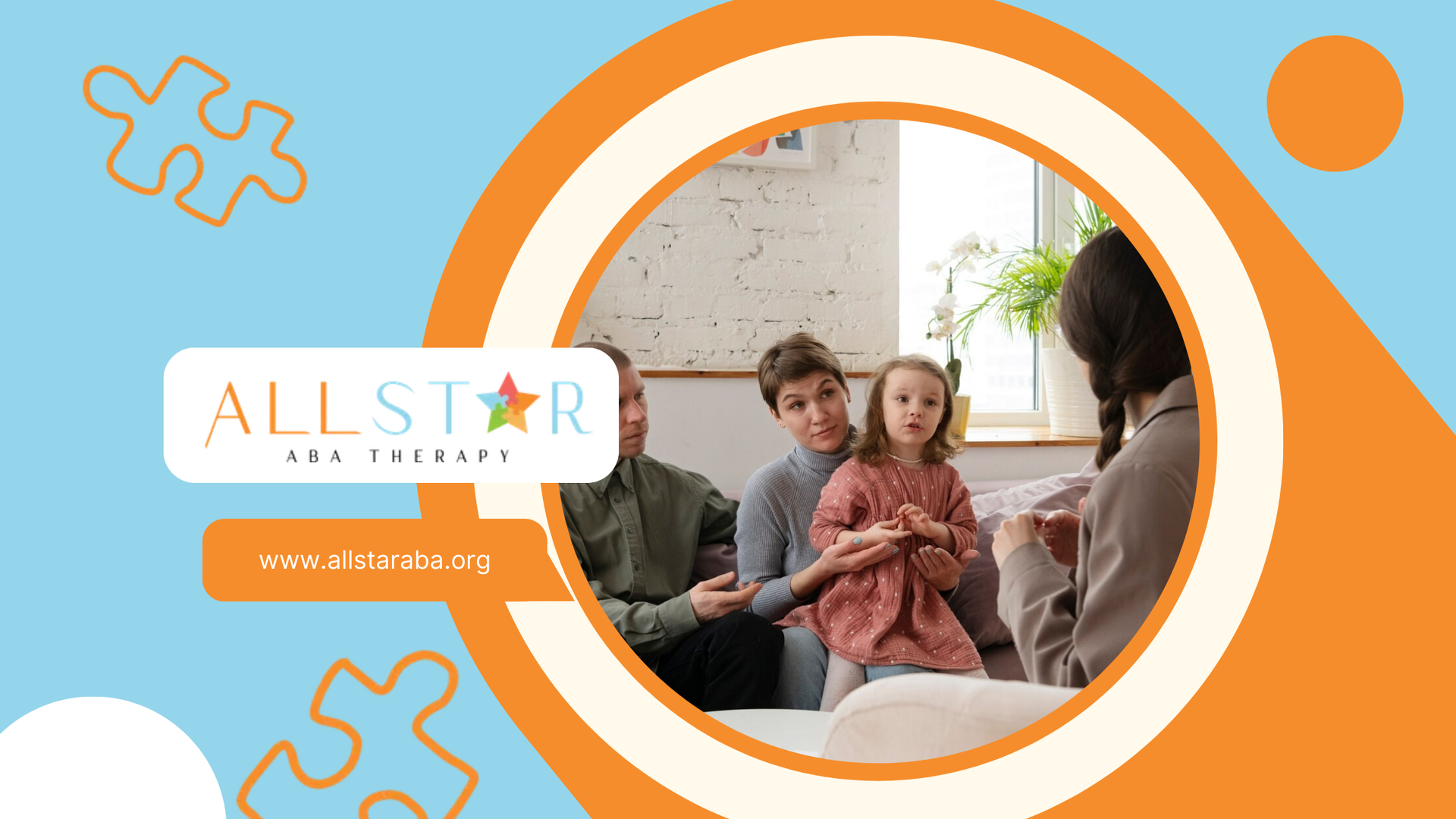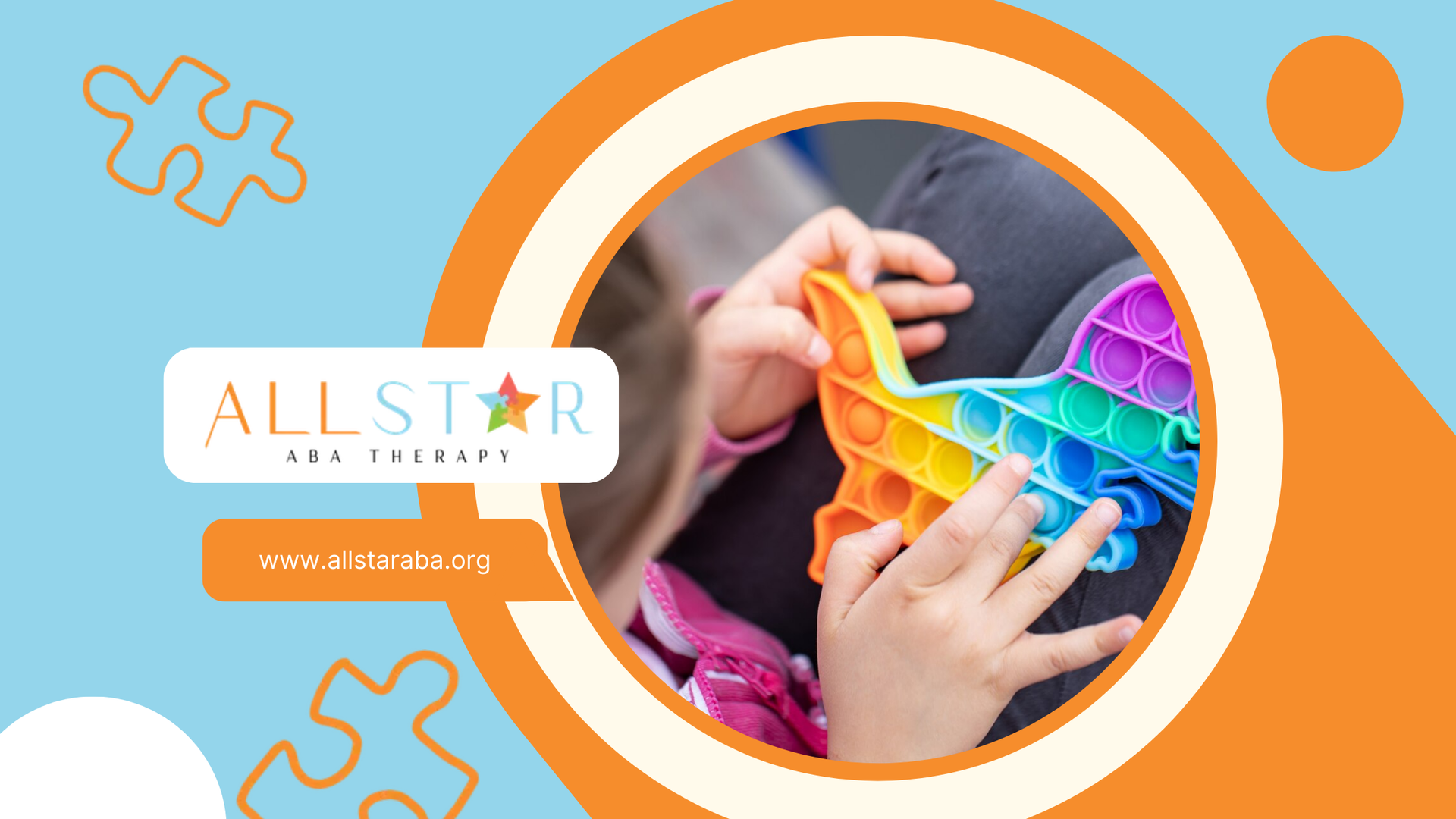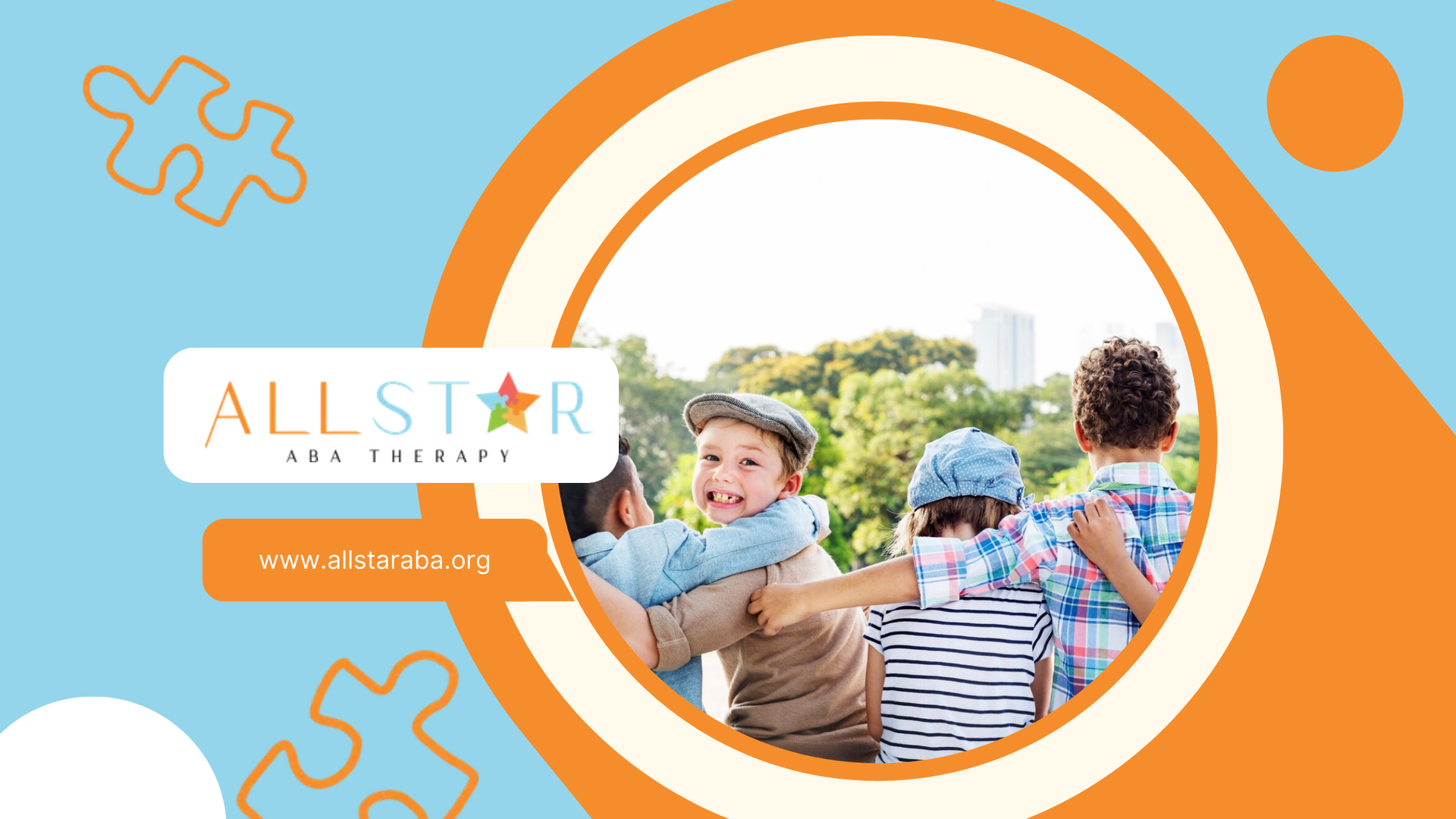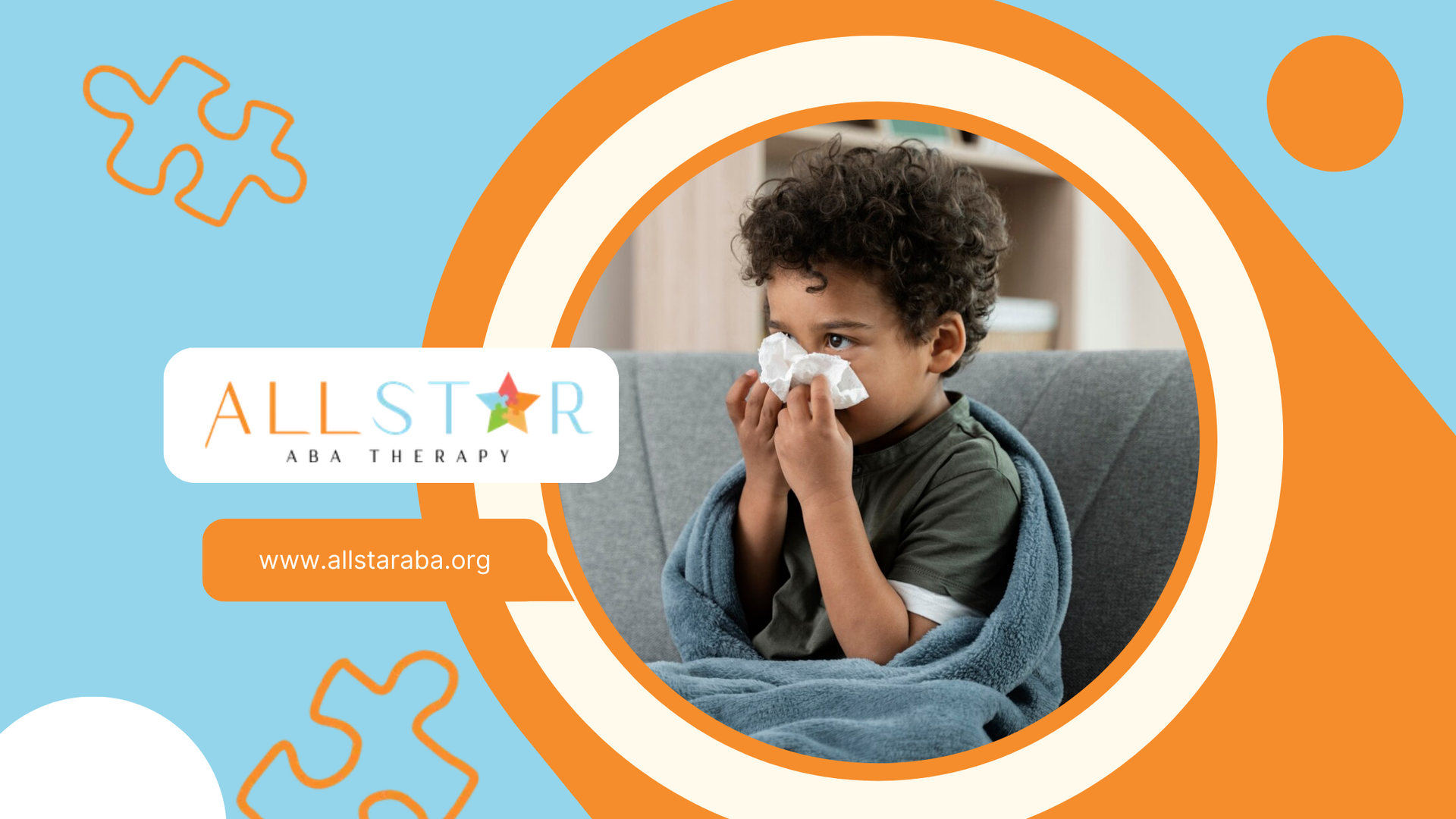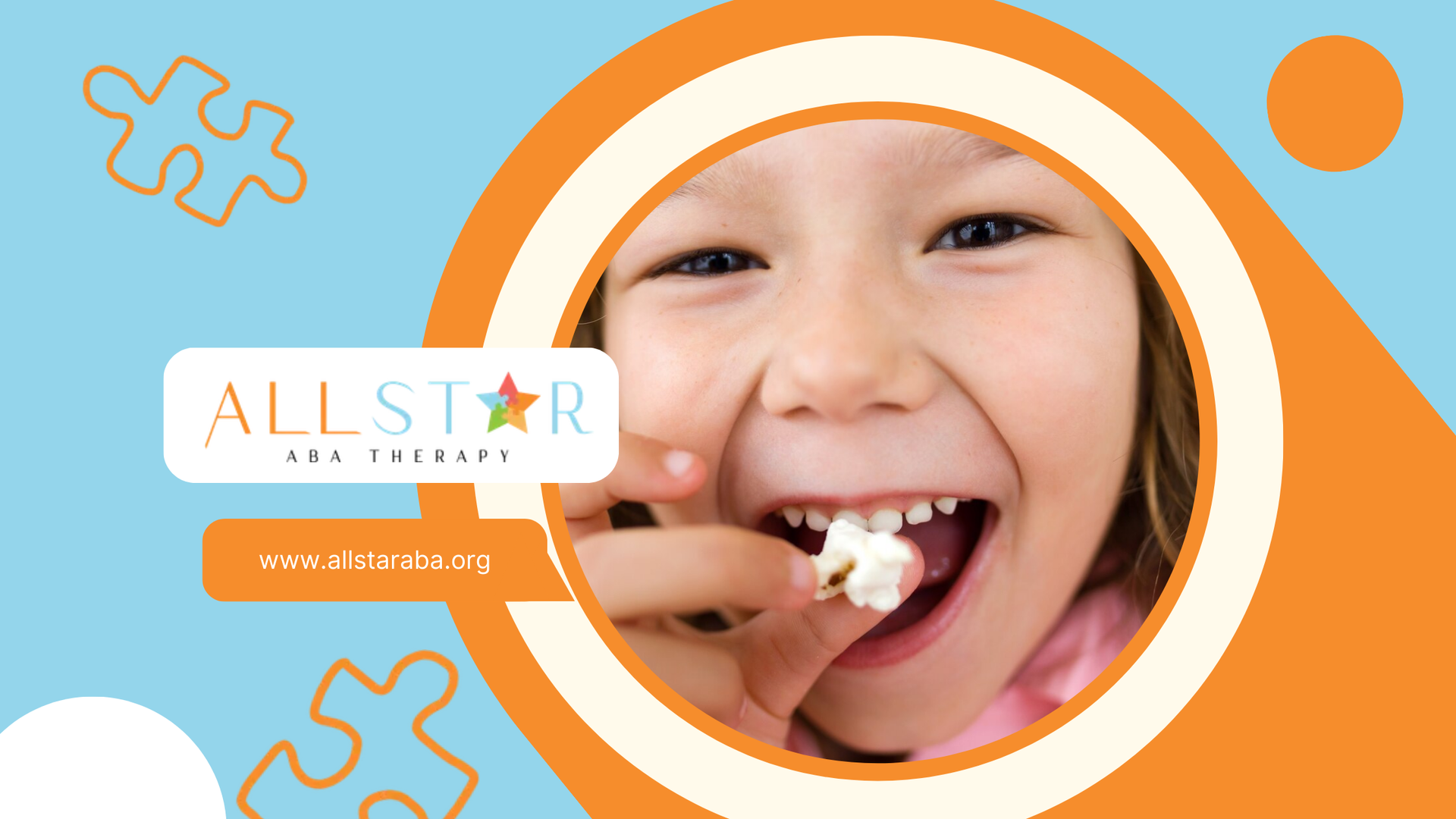New Paragraph
Noteworthy Signs of Autism in Adults
Understanding Autism in Adults
Spotting autism in grown-ups calls for a good eye and is key for lending a hand when needed. Autism Spectrum Disorder (ASD) doesn't wear the same suit on everyone, making it hard to spot, especially for women.
Recognizing Autism Signs
Adult autism might not be too obvious, but there are clues: struggles in social chatter, sticking to routines, and dealing with change. Knowing these can help identify if someone might be on the spectrum.
| Sign | Description |
|---|---|
| Social Communication Challenges | Trouble having regular chit-chat, getting social hints, or holding eye contact. |
| Repetitive Behaviors | Repeating actions or following routines for comfort and predictability. |
| Sensory Sensitivities | Big reactions to strong sensations like loud noises or bright lights. |
| Difficulty in Change | Finding it tough when routines shift or unexpected things happen. |
| Special Interests | A burning passion for certain topics, often knowing loads about them. |
As noted by Autism Speaks, around 1 in 45 adults in the U.S. have been told they have ASD. Still, many fly under the radar, undiagnosed or misdiagnosed, owing to not enough talk about adult autism signs. Gender can play a part in misdiagnosis too, with symptoms looking different from person to person.
Gender-Related Challenges
Spotting autism in women can be like finding a needle in a haystack because autism often hides behind a different curtain in females. Studies say girls can keep their autism symptoms under wraps, making getting the right diagnosis tricky. This can lead to delayed or missed diagnoses.
| Gender Differences | Male | Female |
|---|---|---|
| Behavior Presentation | More out in the open with noticeable social hiccups | Might seem socially smooth; could cover up symptoms well |
| Communication Style | Usually straightforward; talks about interests openly | A bit more understated; might chat more to fit in |
| Symptoms Observed | Repetitive behaviors stand out | Hides struggles with internal behaviors |
Getting these gender-related hurdles is vital for anyone trying to support autistic adults—parents, families, pros, or teachers. Alerting folks to these differences helps in giving needed support. Check out more on autistic adults symptoms or dig deeper into adult autism traits.
Screening and Diagnosis
When it comes to figuring out autism in adults, there are a few road signs and checkpoints that healthcare pros check out to spot the symptoms of autism in adults right from the get-go. These pieces of the puzzle are a big help for making sure folks get the right help and tools they need.
American Academy of Pediatrics Recommendations
The American Academy of Pediatrics (AAP) gives a thumbs up to tossing in autism checks as just part of regular kiddo checkups at 18 and 24 months. Plus, the folks at the National Center on Birth Defects and Developmental Disabilities think every kid should get a good once-over at 9, 18, and either 24 or 30 months.
For those who might draw the short straw with Autism Spectrum Disorder (ASD), or if something seems a little off, extra checks could be a good bet. Healthcare folks need to keep an extra eye out if there’s preterm birth, low birth weight, or a family tree dotted with ASD cases. Catching it early is like finding a golden ticket—better outcomes and tailored support.
| Age of Screening | Recommendations |
|---|---|
| 9 Months | Initial screening |
| 18 Months | Standard screening |
| 24 or 30 Months | Follow-up screening |
DSM-5 Diagnostic Criteria
The DSM-5, a guide from the American Psychiatric Association, lines out the nuts and bolts for figuring out autism. It breaks things down into two main buckets:
- Social Communication and Interaction Difficulties: Trouble picking up on social signals, starting up a convo, or clicking with others.
- Restrictive, Repetitive Patterns of Behavior: This could look like sticking with a routine, having a deep obsession, or doing the same moves over and over.
Using these DSM-5 rules means everyone’s on the same page, which helps healthcare folks make the call on autism in grown-ups who might’ve flown under the radar as kids.
Healthcare Team Coordination
Once an autism tag is slapped on, typically a pro jumps in to round up a healthcare superhero squad to scope things out and suggest what treatments and support could fit the bill. This squad usually includes a mix like psychologists, speech therapists, and occupational therapists, all working together to whip up a bespoke game plan. By having all hands on deck, from therapy sessions to social skills boot camps, the life quality for autism folks gets a nice boost.
Getting ahold of these goodies can be a real eye-opener for managing the ups and downs of autistic adults symptoms and can arm individuals with the know-how to flourish in everyday life. For more down the rabbit hole on spotting autism in adults, check out our dive into autism diagnosis in adulthood and get the scoop on autism spectrum disorder in adults and adult autism traits.
Intervention and Assessment
Picking up on the signs of autism in adults requires sharp intervention and clever assessment. Nailing down the evaluation methods and not ignoring early childhood screening makes the whole process much smoother.
Role of Specialist Teams
Once someone is told they’re on the spectrum, a pro usually steps in to gather a healthcare squad to check out the individual needs and throw in the best treatment options. This crew often rolls with a mix of experts like psychologists, who peek into behavior and thinking, speech gurus working on talking and understanding, occupational therapists focused on daily living skills, and educational pros piecing together school plans. Each team member has their own spin, ensuring every angle of the person’s life is considered.
| Specialist Role | Focus Area |
|---|---|
| Psychologist | Looks at behavior and thinking |
| Speech-Language Pathologist | Works on talking and understanding |
| Occupational Therapist | Focuses on living skills and sensory stuff |
| Special Education Teacher | Supports learning and personalized education |
Getting these folks involved means looking at the full picture of what each autistic individual faces, blending challenges and strengths into a coherent plan of action. If families need more, they've got a handy resource on autism diagnosis in adulthood for extra help.
Autism Treatment Evaluation
Taking stock of autism treatment is key for hitting those goals right on the nose. It's all about keeping treatment plans fresh and revised, adding or tweaking based on how well they're doing. Loads of treatment roads can be explored, like applied behavior analysis (ABA), speech therapy, and getting those social skills sharpened up.
The scoop is, the faster autism spectrum disorder (ASD) gets tagged, the faster treatment can kick off, which spells better results. Keeping the assessments rolling helps spot the hits and misses, allowing switches in strategy before anything goes sideways. More insights on the quirks and traits of autistic adults can be hopped over to in our autistic adults symptoms section.
Early Childhood Screening Importance
Getting in there early with autism screening for little ones is a biggie. The American Academy of Pediatrics says screenings should be a staple in regular child checkups at 18 and 24 months. Also, the National Center on Birth Defects and Developmental Disabilities is all for screening at 9, 18, and 24 or 30 months.
Studies show autism can be caught as early as 18 months, and by age 2, you can mostly count on experienced pros to zero in pretty accurately. If there's a snag in getting a final word, it could mean the help doesn't come as quickly as it should, which underlines why early help counts. Jumpstarting engagement with specialists can make a big difference in how the story plays out for those with autism. For families curious about getting the scoop on autism traits, check out the section on adult autism traits.
Social Support in Autism
Social support holds the key to better living for adults with Autism Spectrum Disorder (ASD). It’s like a secret sauce that can improve both body and mind, making a world of difference for these individuals. Knowing how this all works is important for seeing the real benefits it can offer to those on the spectrum.
Impact on Physical Health
Studies hint at a strong link between social support and how well people feel physically. Lending a hand or getting one can boost health and cut down on disabilities. Some findings say that folks who pitch in with support tend to live longer, worry less about money, and have lower blood pressure.
So, what’s the magic in social support? It might be both physical and mental, tweaking things in our bodies like inflammation. Having a net of supportive folks might also nudge people into making healthier choices, which just adds to feeling good overall.
| Health Outcomes | Benefit of Social Support |
|---|---|
| Disability Rates | Easier mobility |
| Mortality Rates | Long-lasting life |
| Blood Pressure | Stabilized |
| Financial Stress | Lighter burden |
Emotional Support Benefits
On the feelings side of things, having a shoulder to lean on does wonders for mental health for those with ASD. Tight-knit relationships can shrink feelings of being alone, boost confidence, and uplift moods. Support groups and social skills sessions have been shown to tighten emotional bonds and satisfaction with having someone to rely on.
Tossing kindness and understanding into the mix is like adding fuel to a happiness engine, cutting stress along the way. Many receiving this kind of care report being more content with their lives and even bouncing back quicker from tough times.
| Emotional Health Benefits | Description |
|---|---|
| Reduced Loneliness | Stronger social nets |
| Increased Self-Worth | Feeling appreciated |
| Better Psychological Resilience | Rock-solid coping skills |
Mechanisms of Support Influence
How does social support work its charm? It involves both how we think and how we interact with others. Giving support can infuse your life with meaning and tighten emotional connections, which can turn down stress and lift spirits. Throw in some kindness, and happiness and emotional balance go through the roof.
Moreover, organized support sessions with peers can shoot up quality of life by bettering relationships and cutting back on the feelings of being alone. Training in social skills and group therapy have shown promise in positively impacting the lives of adults with autism.
| Mechanism | Impact |
|---|---|
| Support Provision | Gives life a purpose |
| Emotional Tie Enhancement | Stress dips, mood rises |
| Structured Interventions | Happiness and good relationships go up |
When all’s said and done, social support is a real game changer for the well-being of autistic adults. Grasping its effects on body and soul can steer families and helpers in setting up strong support systems.
Masking and Camouflaging Behaviors
Playing chameleon is common among autistic adults. They morph to fit in with the rest, hoping for a pass in social jungles. But while this might look like a plan, the mental toll can be hefty.
Impact on Mental Health
Fitting a square peg in a round hole day in, day out can wear anyone down. For autistic folks, masking can be mentally draining. About 8 out of 10 autistic folks bump into mental health hurdles like anxiety, depression, and eating disorders at some point. Continually bottling up their true selves can lead to feeling like the odd one out, cranking up stress levels. This constant urge to "blend" can stop them from spotting their own autism, meaning they get diagnosed late and miss out on much-needed support (autism diagnosis in adulthood).
| Mental Health Challenges | Prevalence in Autistic Adults |
|---|---|
| Anxiety | High |
| Depression | High |
| Eating Disorders | Some cases |
| Risk of Suicide | Higher compared to non-autistic peers |
Common Masking Techniques
How folks mask varies, but it often means using socially accepted tricks that don't come naturally. Popular moves include:
- Faking Eye Contact:
Keeping eye contact can feel like staring into the sun for some, but they push through it.
- Mimic Talk and Gestures:
Copying buddies' ways can help them fit in, but it's not always "them."
- Pressing Pause on Stimming:
Holding back habits like fidgeting or rocking to look "normal."
- Big on Emotions: Putting on a face where facial expressions fit social rules, even if emotions feel alien.
These habits can occur in the blink of an eye, sometimes without folks knowing they're hiding their true colors.
Effects on Social Interaction
Playing a role can twist social ties. It might work for awkward parties, but long-term, it sows misunderstandings. Autistic folks may feel they gotta keep the mask on, blocking real connections. This blockade against being themselves can chip away at their sense of belonging.
As autistic adults tackle these hurdles, it’s crucial for families, teachers, and specialists to pick up on the tell-tale signs of autism in adults and recognize how masking plays into mental health and the social dance. Building supportive spaces where they're free to be themselves fosters healthier minds and smoother social scenes.
Gender Disparities in Autism Diagnosis
Differences in Symptom Presentation
When it comes to spotting autism, boys and girls don't always show the same signs. Boys might be seen doing those classic repetitive actions more often than girls. Ladies, on the other hand, might show subtler behaviors, like organizing toys in ways that aren't quite play-like but also not the same as other kids' playtime shenanigans.
One study checked out kids aged 17 to 37 months and noticed young girls with autism showed more struggles in moving their bodies comfortably, while their chit-chat skills seemed stronger than the boys. This shows that girls and boys might act differently, which can sometimes lead doctors to miss diagnosing girls with autism.
| Symptom Type | Boys | Girls |
|---|---|---|
| Restricted Behaviors | Show up more often | Show up less |
| Repetitive Behaviors | Super obvious | More hidden or sneaky |
| Communication Skill Deficits | Common | Less common |
| Motor Skill Deficits | All over the place | Stand out more |
Overlooked Autism Traits in Females
Lots of girls with autism slip through the cracks, especially if they're smarty pants and not showing big behavior problems. They get really good at copying what everyone else does, which hides their autism signs from teachers and doctors.
This sneaky symptom-hiding means girls with autism might not get noticed, with some saying 39% more women should have been diagnosed with Autism Spectrum Disorder (ASD) than actually are. Blame biases from the docs and the limits of today's autism checklists.
Being clued into these boy-girl differences is super important for everyone from parents to doctors when it comes to identifying and helping folks with autism. Catching those girl-specific signs of autism means better diagnosis and support.
Need Support?
We're Here to Help!
Our experienced team is ready to assist you. Reach out today to discuss how we can support your child's development and well-being.
Get started with expert ABA therapy today.
Related posts

All Star ABA ©2024

All Star ABA delivers the gold standard of care, Applied Behavioral Analysis (ABA) therapy, for individuals diagnosed with ASD, from infancy to age 21.
Quick Links


